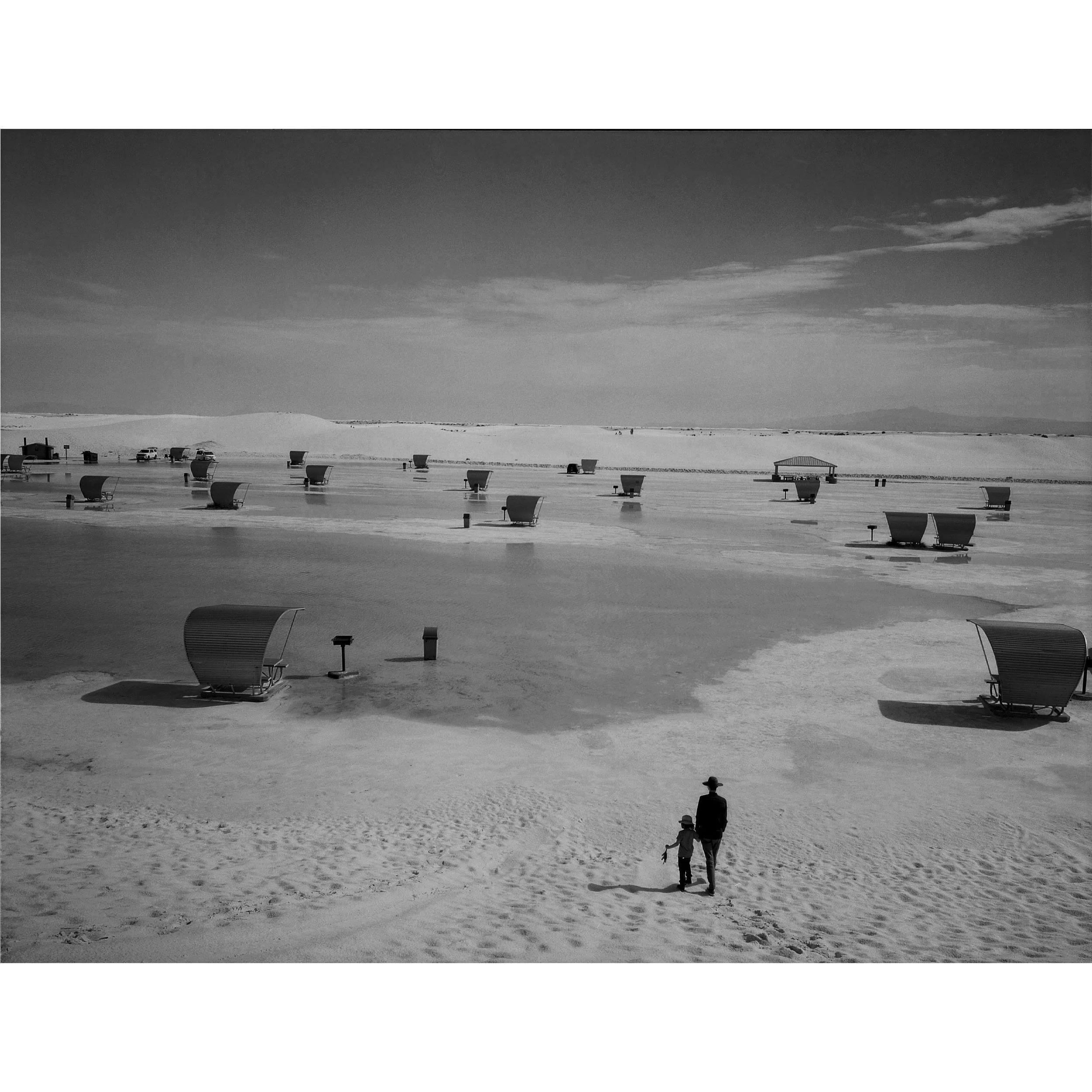VINCENT VAN DE WIJNGAARD
Vincent van de Wijngaard's artistic evolution is marked by a discerning eye for ascetic visuals, capturing images that embody a minimalist and restrained quality. His foundation in music underpins his unique perspective, contributing to the distinctive allure of his photographic work.
Grounded in the vibrant world of street photography, van de Wijngaard embraces the raw authenticity and dynamic energy of capturing moments in the urban landscape. Born in 1967 in Leiden, The Netherlands, van de Wijngaard originally set out to become a violinist before deciding to attend the Royal Academy in The Hague. After one term in the Graphic Design department, he finally chose Photography. His studies focused on street photography and journalism. He had been captivated by war photography since his father, also a photographer, introduced him to the work of Don McCullin, who, like his father, had also covered the war in Biafra. The work of war photographers such as Don McCullin, Larry Burrows, James Nachtwey, and Gilles Peress had a profound impact on him.
His photographs and films have received international acclaim, with his work being featured in numerous exhibitions across the globe. Notably, his feature-length film, There is No Blue without Yellow and Orange, which charted the living and working environments of Vincent van Gogh, premiered at the National Art Center in Tokyo in 2010. His book Following Van Gogh was published by the Van Gogh Museum, and the photographs were exhibited there.
His book Morocco, published by Les Éditions Louis Vuitton, showcases a curated selection of street photographs taken during his travels. Additionally, the book and multi-faceted exhibition Ghosts don’t walk in Straight Lines, a collaboration with his partner Saskia de Brauw, has been widely showcased in New York, Paris, London, and in Amsterdam at FOAM.
Vincent van de Wijngaard, with his discerning eye and commitment to exploration, continues to redefine the boundaries of visual storytelling. His journey, marked by serendipitous twists and an unwavering dedication to his art, unfolds as a testament to the transformative power of artistic evolution.









